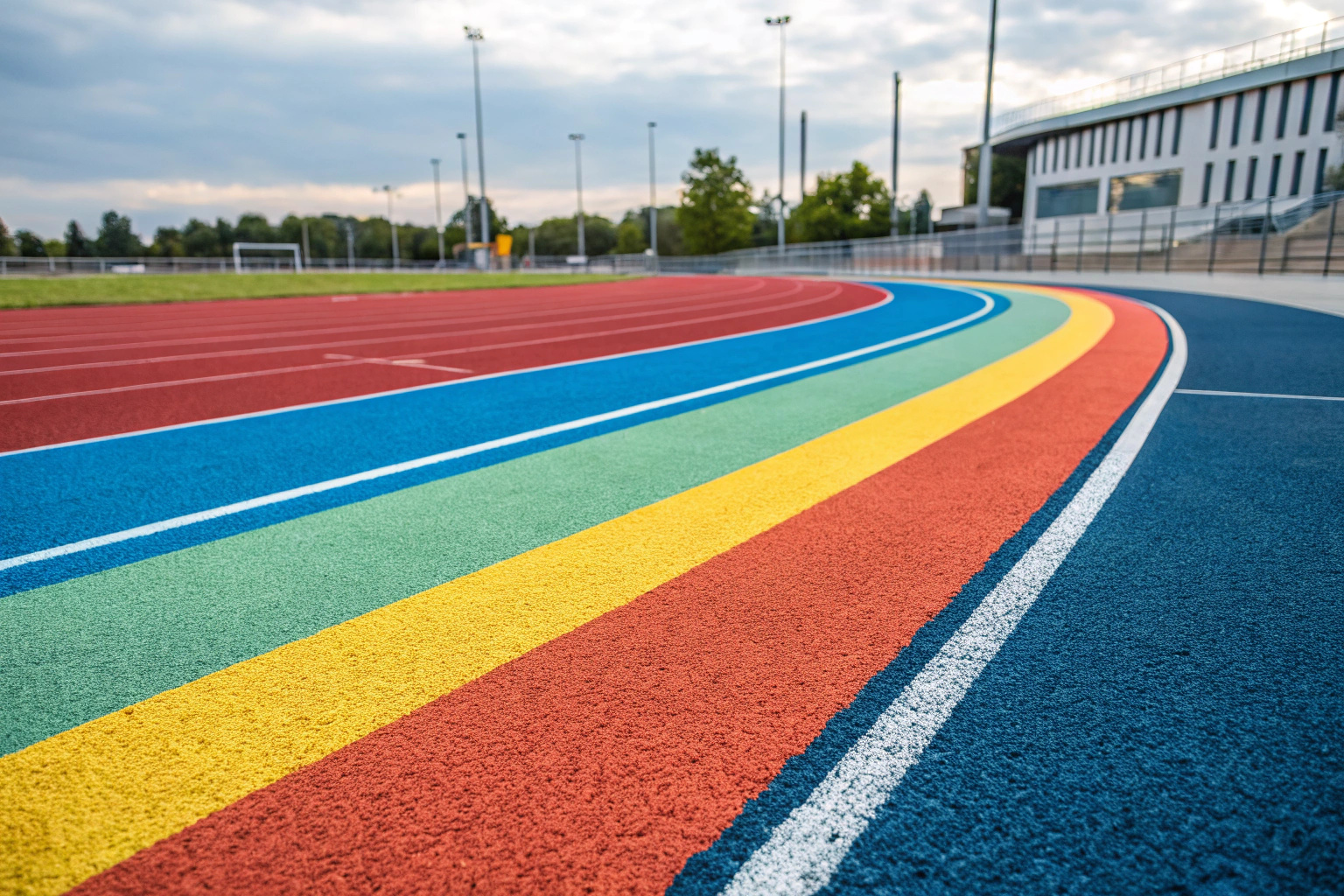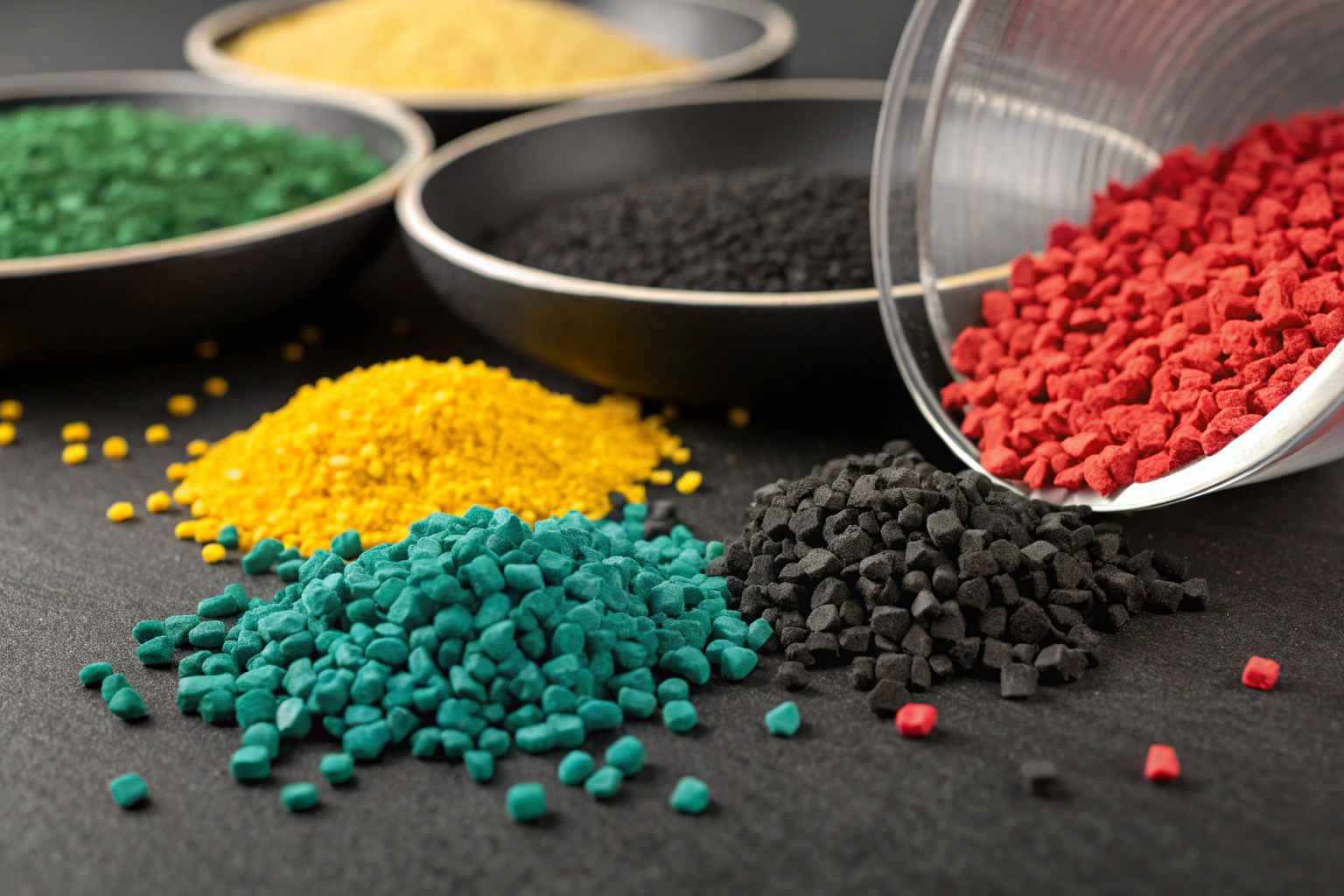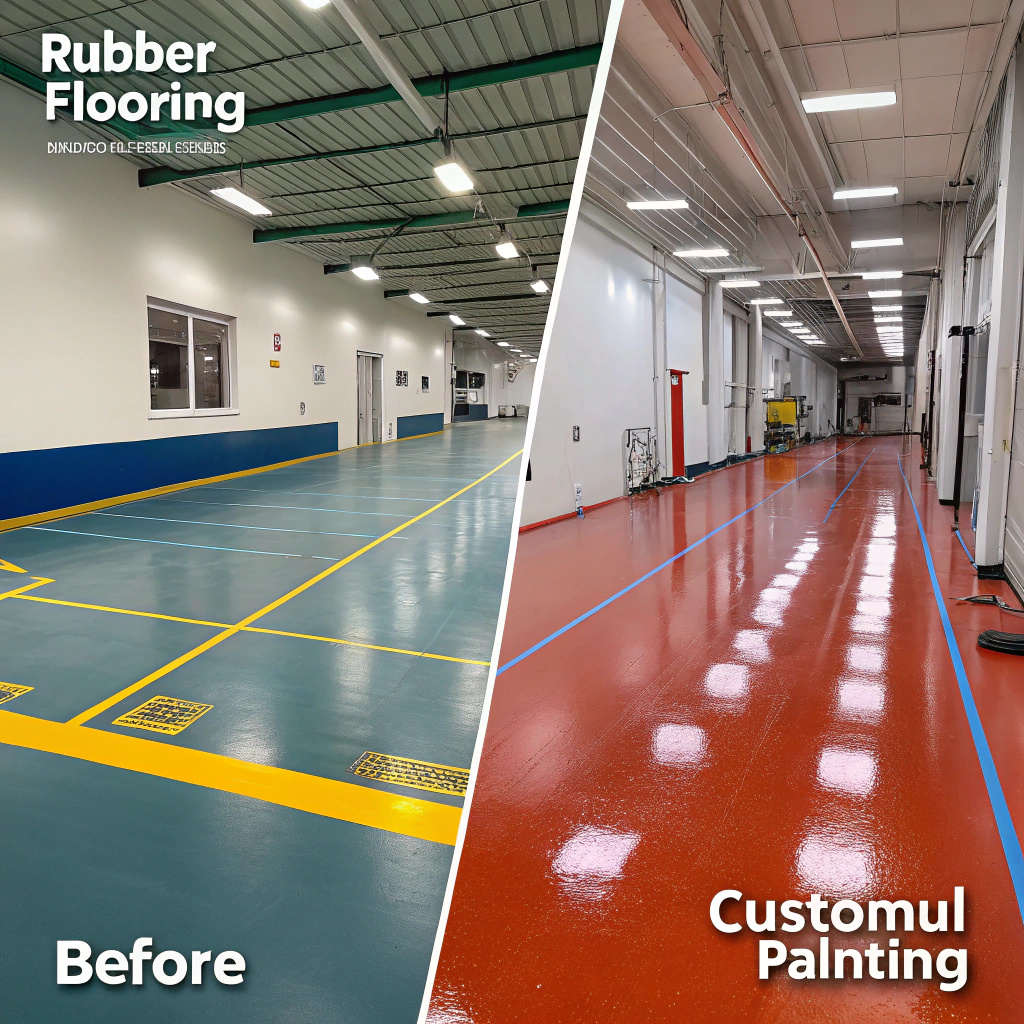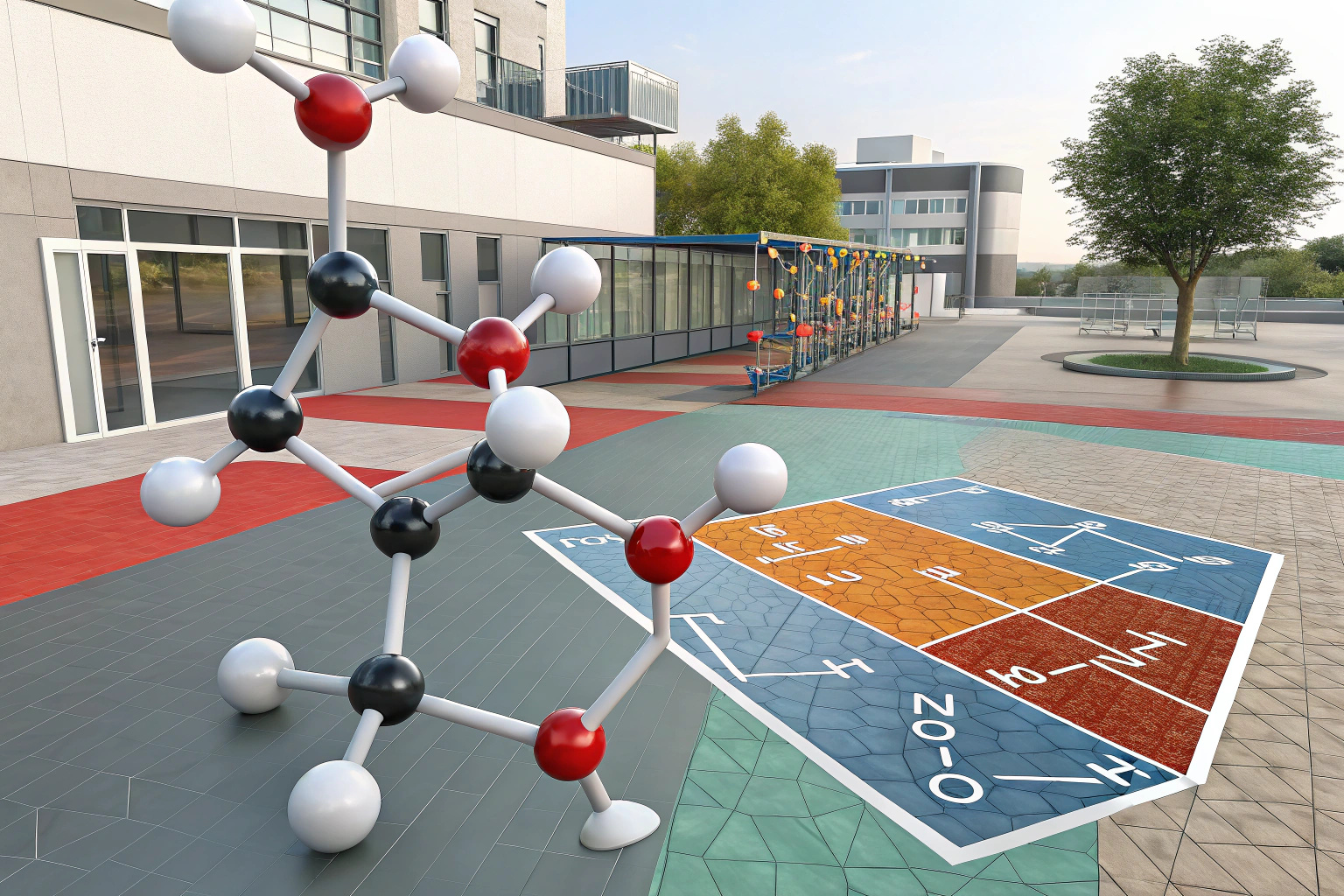I get it; you’re picturing your dream space. Maybe it’s a gym, a playground, or even a stylish garage. But that vision needs the perfect colors. Can EPDM rubber flooring deliver?
Yes, color customization is definitely possible for EPDM rubber flooring. I can offer a wide array of color options to match your specific design needs. This includes both standard colors and the ability to create custom blends.
You might be thinking, "Okay, that’s great, but I need more details." Well, keep reading. I will dive into the specifics of EPDM colors, what affects them, and how you can make the best choice for your project.
What is the color of EPDM material?
You’re probably wondering what the "default" color of EPDM rubber is. It’s a valid question! Are you stuck with black, or do you have options?
The base color of EPDM material is naturally black. However, EPDM stands out because it can be produced in a wide spectrum of colors by adding pigments during the manufacturing process. This makes it highly customizable for different applications.
Dive Deeper:
EPDM, which stands for Ethylene Propylene Diene Monomer, is a type of synthetic rubber celebrated for its durability, weather resistance, and flexibility. In its raw form, EPDM is black because it’s often mixed with carbon black. Carbon black acts as a reinforcing filler and UV stabilizer. It enhances the rubber’s strength and resistance to degradation from sunlight. However, by incorporating different pigments, manufacturers can achieve a vast range of colors, making EPDM suitable for playgrounds, sports surfaces, and decorative flooring. When color is added, the manufacturing process involves carefully blending the raw EPDM with colored pigments to ensure a consistent and vibrant finish. The ability to customize the color opens up many design possibilities, allowing for creative and functional applications. Also, the resistance of EPDM to fading is a key benefit, making sure that the colors stay vibrant for years, even in outdoor conditions.
What are the colors of rubber tiles?
So, EPDM can be colored. But what does that mean for rubber tiles in general? Are there more options than just basic black and gray?
Rubber tiles are available in a huge range of colors. You can find neutral tones like black, gray, and brown, as well as vibrant colors such as blue, green, red, yellow, and even custom blends. The color options depend on the type of rubber used (EPDM or recycled) and the manufacturer.
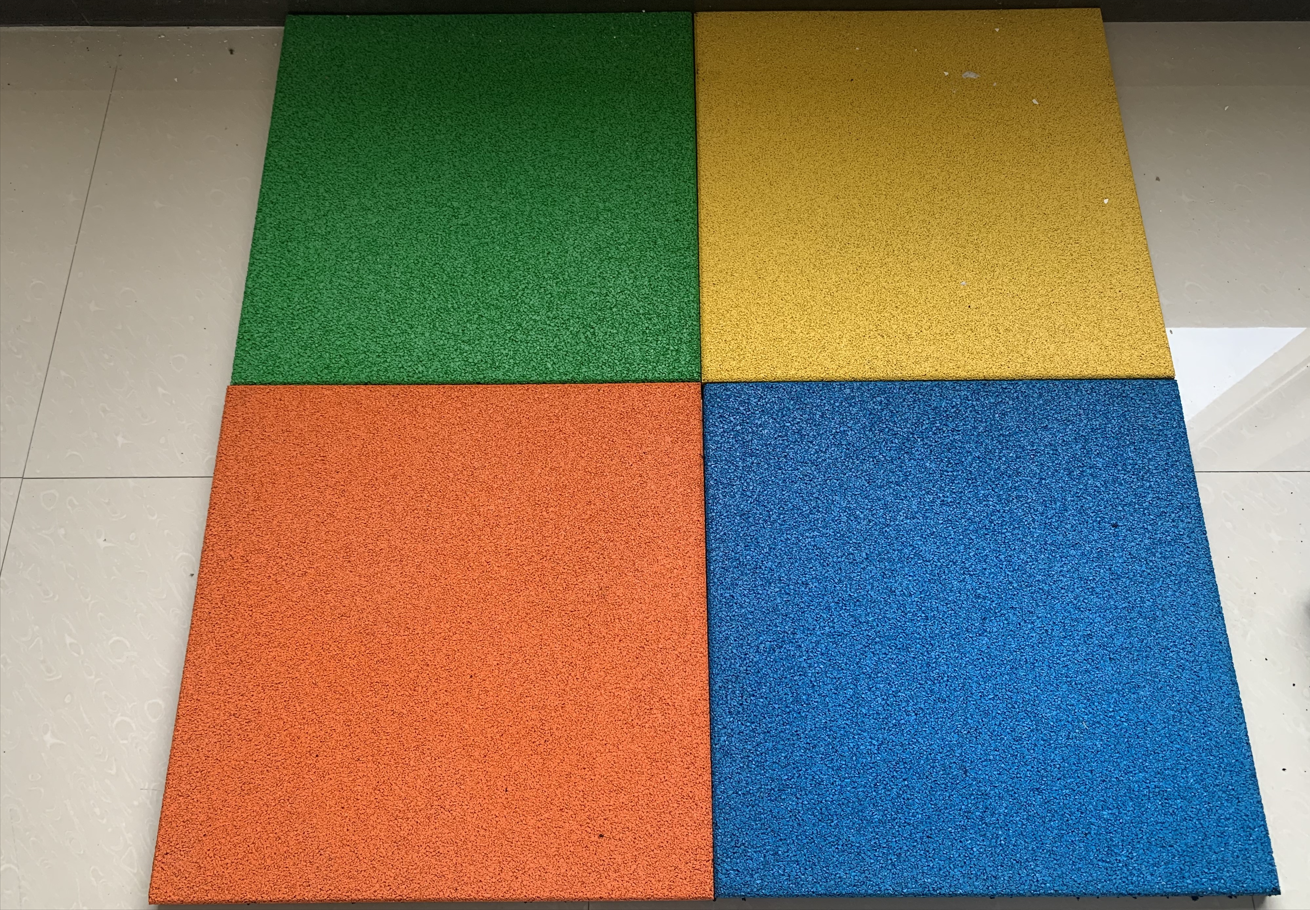
Dive Deeper:
The variety in rubber tile colors stems from the different materials used in their production. EPDM rubber, known for its excellent color retention and UV resistance, allows for bright and consistent colors, making it ideal for play areas and gyms. Recycled rubber, often made from tires, is typically black, but it can be mixed with EPDM granules to add color flecks or create more vibrant surfaces. The manufacturing process for colored rubber tiles involves carefully mixing the rubber with pigments and then molding or cutting the tiles to the desired shape and size. The color is usually consistent throughout the tile. This ensures that it remains vibrant even with heavy use. Different color options allow for creating patterns, zoning specific areas, or matching branding. This makes rubber tiles a versatile and visually appealing flooring solution for many applications.
Can you paint over rubber flooring?
Now, let’s say you already have rubber flooring, but you’re not happy with the color. Can you just paint it? Is that even a good idea?
Yes, you can paint rubber flooring, but it’s essential to use the right type of paint and preparation techniques. The results depend on the product, the paint, and the intended use. For light-duty indoor use, an acrylic exterior house paint might work. For high-traffic areas like gyms, a more durable paint like tire paint or Endura Game Line paints is recommended.
Dive Deeper:
Painting rubber flooring can be a cost-effective way to refresh its appearance or add custom designs. However, proper preparation is key to achieving a long-lasting finish. Start by thoroughly cleaning the rubber surface with a degreasing agent to remove any dirt, oil, or contaminants. Rinse it well and let it dry completely. Next, apply a primer designed for rubber surfaces. This will help the paint adhere better. When choosing a paint, opt for a flexible paint that won’t crack or peel as the rubber expands and contracts. Apply several thin coats, allowing each coat to dry fully before applying the next. For added protection, consider sealing the painted surface with a polyurethane finish. Keep in mind that painted rubber flooring may require more maintenance than unpainted flooring, and the paint may wear away over time, especially in high-traffic areas.
What does EPDM stand for in flooring?
We’ve been talking about EPDM this whole time, but what does it even MEAN? Time for a quick chemistry lesson (don’t worry, it’ll be painless!).
EPDM stands for Ethylene Propylene Diene Monomer. It’s a type of synthetic rubber known for its durability, flexibility, and resistance to weather, UV exposure, and a wide range of chemicals. This makes it a great choice for flooring applications, especially outdoors.
Dive Deeper:
The full name, Ethylene Propylene Diene Monomer, describes the chemical structure of the rubber. The "Ethylene" and "Propylene" refer to the two primary monomers that make up the polymer chain. The "Diene" component allows for crosslinking, which is essential for the rubber’s elasticity and strength. EPDM’s unique properties make it a popular choice for a variety of applications beyond flooring, including roofing, seals, and automotive parts. When used in flooring, EPDM provides a cushioned surface that is both comfortable and safe. Its closed-cell structure prevents water absorption, making it resistant to mold and mildew. In addition, EPDM can withstand extreme temperatures, making it suitable for both hot and cold climates. Its color stability and resistance to fading make it a great choice for outdoor playgrounds and sports surfaces, ensuring that the flooring maintains its appearance and performance for many years.
Conclusion
In conclusion, EPDM rubber flooring offers amazing color customization. From vibrant playgrounds to sleek gyms, my custom solutions bring your vision to life.

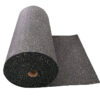 Rubber Floor Mat Rolls
Rubber Floor Mat Rolls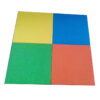 Outdoor Safety Tiles
Outdoor Safety Tiles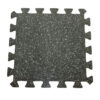 Interlocking Rubber Floor Mats
Interlocking Rubber Floor Mats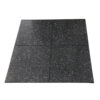 Gym Floor Mats
Gym Floor Mats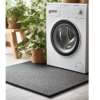 Washing Machine Mats
Washing Machine Mats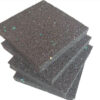 Shock-Absorbing Mats
Shock-Absorbing Mats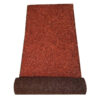 Walkway Mats
Walkway Mats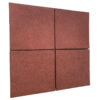 Rubber Mulch Tree Ring
Rubber Mulch Tree Ring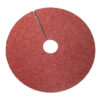 Bullet-Resistant Tiles
Bullet-Resistant Tiles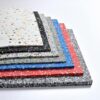 EPDM Flooring
EPDM Flooring